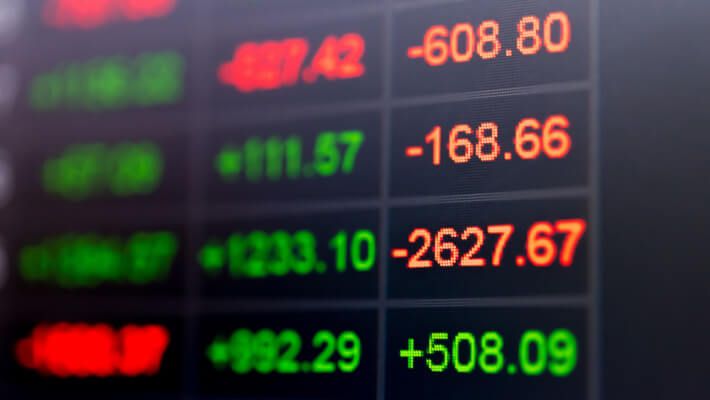Wednesday Nov 22 2023 14:46

6 min

How much do you know about common trading terms such as bid, offer, spread? We’ll give you the lowdown on what each of these terms mean in this handy guide.
A bid is the highest price that you, as a buyer, will pay to purchase a stock or any other asset. On the other hand, the seller has a limit as to the price he will accept, which is called an “ask”.
An offer refers to the price at which a seller is willing to sell a financial instrument, such as a stock, currency pair, or any other asset.
It represents the lowest price that someone is currently willing to accept to sell the asset. The "offer" price is important because it helps traders determine the cost at which they can buy the asset.
The difference between your bid as a buyer and the seller’s ask is a spread. The smaller the spread, the greater the liquidity of any asset.
The spread refers to the difference between the "bid" price (what buyers are willing to pay) and the "offer" price (what sellers are asking for) of a financial instrument. It's essentially the cost of trading and represents the broker's gains.
It’s worth noting that a narrower spread is better for traders. This is because it reduces the gap between buying and selling prices, making it easier to enter and exit trades at a favourable price.
There are several differences between a bid and an offer in CFD trading.
One key differentiator is that a bid refers to the lower price that buyers like yourself are willing to purchase an instrument for than what the seller indicated.
On the other hand, an offer represents the higher price initially requested by the seller.
Let's consider an example with a hypothetical stock:
Suppose the current bid price for Company XYZ's stock is $100, and the ask price is $101.
The bid price of $100 is the highest price a buyer is willing to pay for the stock.
The ask price of $101 is the lowest price a seller is willing to accept for the stock.
The bid-ask spread in this case would be the difference between the ask price and the bid price:
Bid-Ask Spread = Ask Price - Bid Price
= $101 - $100
= $1
In this example, the bid-ask spread is $1. This spread represents the trading cost and the gain for market makers or brokers facilitating the trade.
It's also an indicator of market liquidity, which can vary based on factors such as supply and demand, market conditions, and the popularity of the asset.
"Bid-ask" and "bid-offer" are terms used interchangeably in trading.
Both refer to the pricing difference between what buyers are willing to pay (bid) and what sellers are asking for (ask/offer) in the market.
As mentioned, the "bid" represents the highest price a buyer is willing to pay, while the "ask" or "offer" is the lowest price a seller is willing to accept.
The difference between them, known as the "spread," influences trading costs and reflects market liquidity.
When trading, we typically buy at the "offer" price. This is the price at which sellers are willing to sell the asset.
On the other hand, if you were selling, you would do so at the "bid" price, which is the price buyers are willing to pay.
When buying a financial asset, you would typically pay the "ask" price. The ask price is the price at which sellers are willing to sell the asset. In other words, it's the cost at which you can enter a trade and acquire the asset.
On the other hand, the "bid" price refers to what buyers are willing to purchase the asset for, and it's generally lower than the ask price.
So if you're looking to buy, you would pay the ask price. If you're looking to sell, you will receive the bid price.
To recap. the difference between the "bid" and "offer" prices is known as the "spread”. Here's a breakdown of these terms once more:
Bid price: This is the highest price buyers are willing to purchase for a financial asset – the price at which buyers are actively seeking to enter a trade. The bid price is typically lower than the offer price.
Offer price (aka ask price): This is the lowest price a seller is willing to accept for the same financial asset – the price at which sellers are actively looking to sell their instruments.
Spread: This refers to the gap between the bid and offer prices. It's essentially the cost of trading and represents the profit for the market maker or broker facilitating the trade.
A narrower spread is generally preferred by traders because it means there's less of a price difference between buying and selling, hence reducing trading costs. Wider spreads can indicate lower market liquidity or higher transaction costs.
Ready to put your new knowledge to the test? Join our community here at markets.com now and kickstart your trading journey with us today.
When considering "CFDs" for trading and price predictions, remember that trading CFDs involves a significant degree of risk and could result in capital loss. Past performance is not indicative of any future results. This information is provided for informative purposes only and should not be construed to be investment advice."